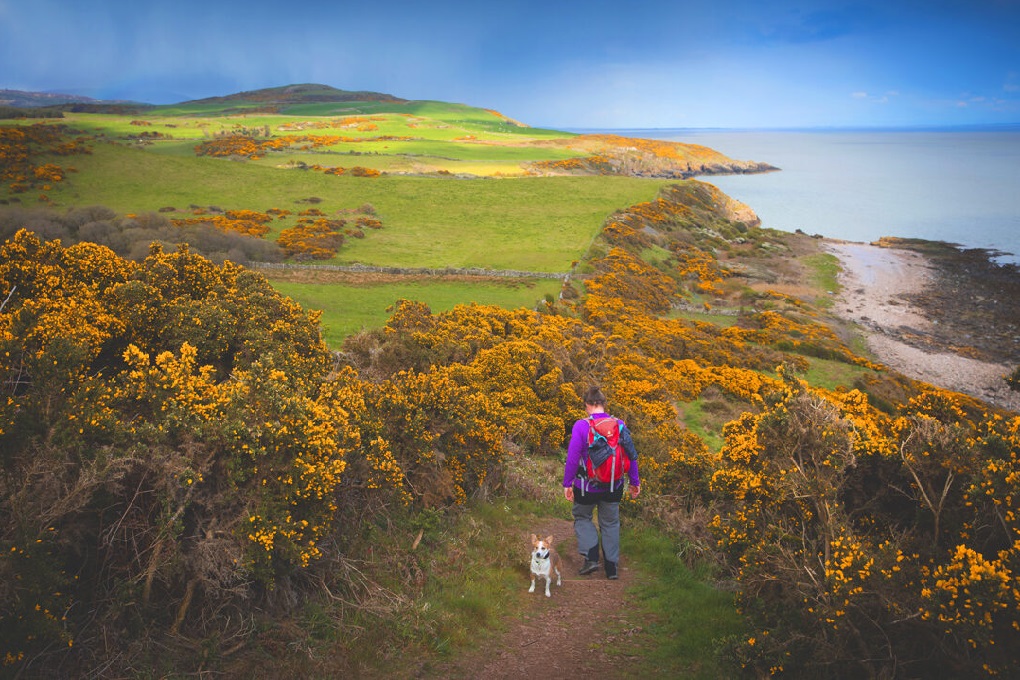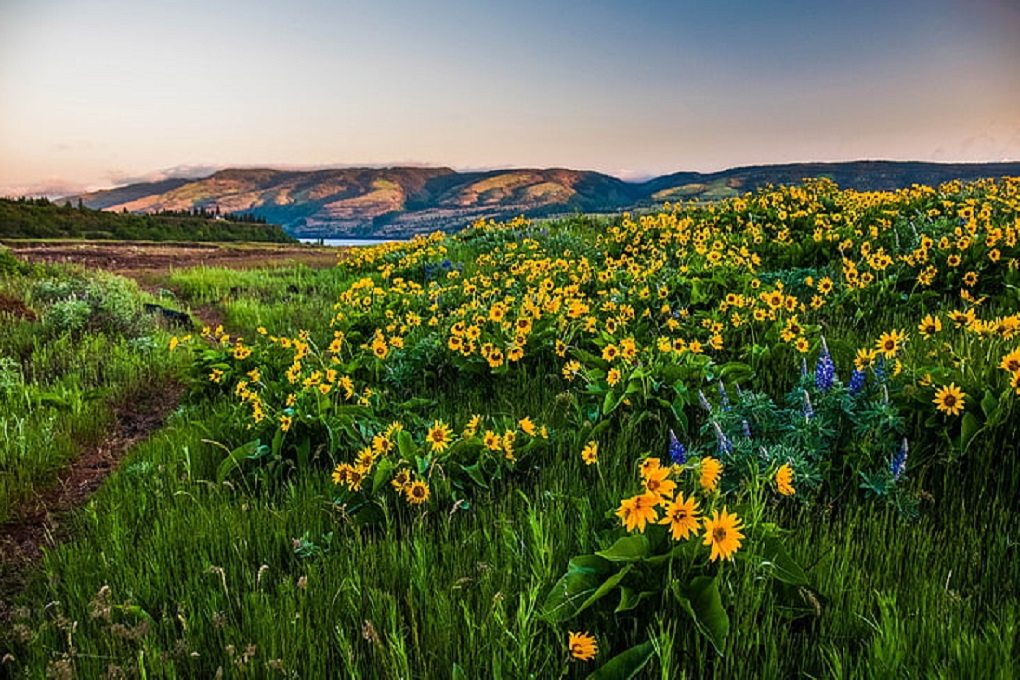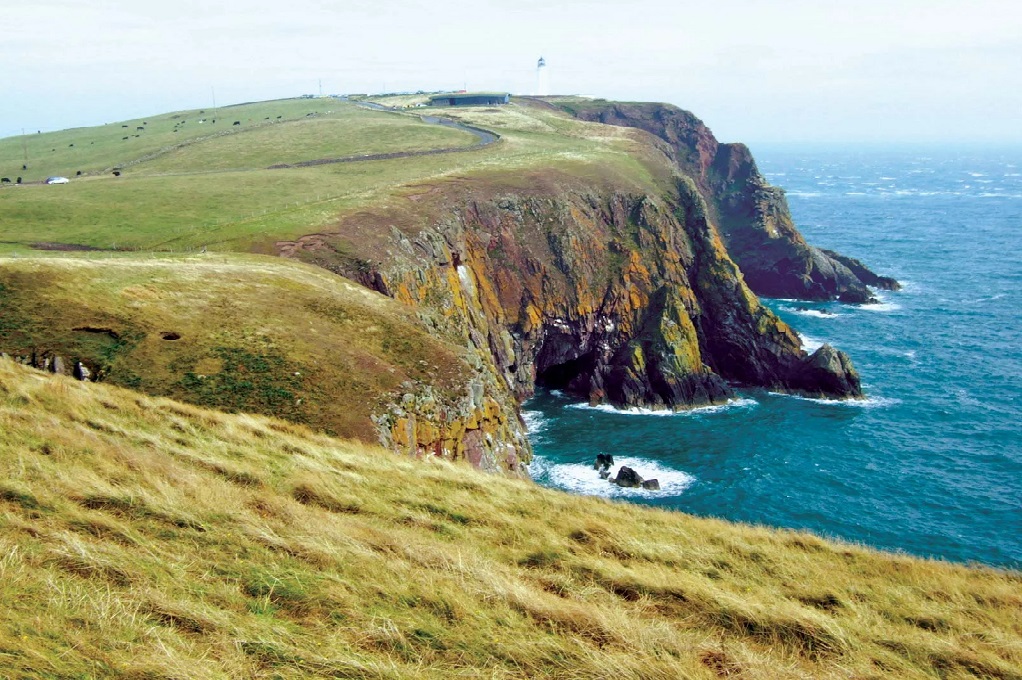Wee History of the Scottish Lowlands & Southern Uplands
In 1600 Scotland was economically distressed, technologically backward and politically chaotic. It was still effectively feudal, a system little changed since its introduction by the Normans in the 12th century. Noblemen owned the land with the vast majority of the population living as their tenants. These tenants tilled the land, paid rent, and served as soldiers when called upon by their laird to do so.
The overwhelming majority of Lowlanders tilled the soil. Methods were extremely primitive, even by the standards of Western European countries. The staple crops were grey oats and a poor grade of barley. Crop rotation was not yet in use. The steel plow was almost nonexistent, so crude wooden plows were pulled by horses or oxen with the plow often tied to the tails of the draft animals. It took a team of men and women to accomplish this. Only the eastern Lowlands had fertile farmland. This, coincidentally, was also the route taken by the English invasions. The southwestern Lowlands including Galloway were hillier with thin rocky soil, only suited to raising livestock. By our standards life was short. The average life expectancy at this time was said to be 35 years, primitive and brutish.
Even when war wasn’t declared between England and Scotland, noblemen on both sides raided across the border. Cattle reiving (carry out raids to plunder cattle or other goods) and feuds combined with the frequent invasions of the English to create a chronically lawless, violent environment. Famine, poor harvests, and the occasional visit by the Bubonic Plague (the latest of which was 1648) rounded out a picture of general misery difficult for those of us living in the 21st century to comprehend.
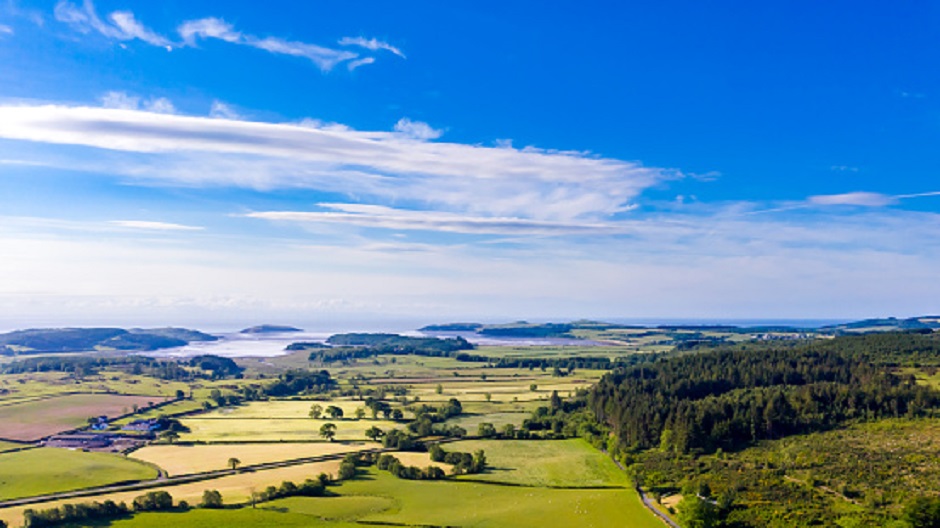
In the 17th and 18th centuries prisoners-of-war and criminals were transported to become slave labor on Southern plantations in North America as an alternative to imprisonment or execution. Most of the early Lowland immigrants to North America would have been among these unfortunate Scots who were also kidnapped and sold into forced servitude, illustrated by Robert Louis Stevenson’s Kidnapped, fiction about a Lowland lad abducted to be sold into slavery in the southern colonies. The combination of the effects of the Southern climate to which Europeans were ill-suited, and maltreatment made this a virtual death sentence.
Chief among those suffering steep fines, incarceration, forced transportation and even execution were Covenanters. The Covenanters derive their name from covenants (among these the “Solemn League and Covenant” in 1638) by which the adherents bound themselves to God to worship Jesus Christ as King and head of the church even in the face of Crown pressure to conform to Episcopacy thereby worshipping the English King as head of the church.
During the “Covenanting times” records have numerous Scots signing petitions against the forced acceptance of Episcopacy. They were imprisoned, shipped into slavery to America and even executed without trial where they stood by His Majesty’s Dragoons simply for their faith. The Dumfries and Galloway area was witness to these “Killing Times” which is one of the most brutal and savage periods in which Glencairn was called to play a part that has earned for her a distinctive and honored place in the National Annals. This was period of that great struggle for civil and religious liberty which culminated in the revolution of 1688. The martyr stones in the Glencairn Parish Church burial ground attest to the unspeakable brutality.
“Here lyes James Bennoch shot dead by Col: Dublas and Livingstons Dragoons at Englston for adhering to the word of God Christ’s Kingly Government in His House and the covented work of the reformation against tyranny perjury and prelacy April 28, 1685”
The Renaissance that much of the rest of Europe enjoyed was absent in Scotland outside of the universities. However, in the “Union and Enlightenment” period the Scottish Lowlands saw a dramatic transformation from a functionally medieval state in 1600 to a modern country in the 18th and early 19th centuries. Three events were central to this transformation. First the union of the Crowns, James VI of Scotland would become James I of England in 1603. In 1707 the “Acts of Union” united the parliaments of England and Scotland. The Scottish Enlightenment followed in the late 18th and early 19th centuries. A backward, subsistence, agrarian economy evolved into a contemporary economy leading the world with innovation in culture, philosophy and the sciences during the last half of the 18th and early 19th centuries, but these advancements also led to what is known as the Lowland Clearances.
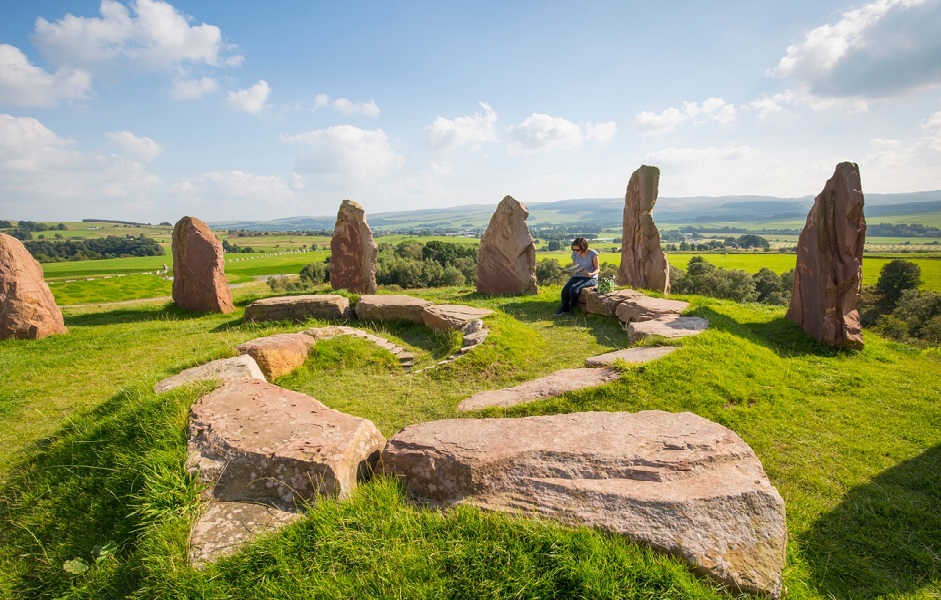
Many Scots now on both sides of the Atlantic benefitted from these political and economic developments. Some Scots had so prospered commercially from the new empire that they were roundly despised by the competing English descendants in the southern and middle colonies. These Scots benefitted from political connections within the British government. Lowlanders insinuated themselves into the mercantile elite of the Middle and Southern colonies dominating the tobacco trade of Virginia and indigo trade of South Carolina. Many newly arrived Lowland artisans and tradesmen settled in Charleston, South Carolina.
Thomas Jefferson was evidently a disgruntled English descendant, inserting a clause in an early draft of the Declaration of Independence disparagingly referring to “Scotch mercenaries”, a phrase later removed by colleagues. Scots occupied a disproportionately large number of offices in the new empire’s government and the officer corps of the British Army. The British army was to find Scotland more fertile ground than England and Wales for recruiting during the American Revolution, many English seeing the Patriots as their brethren. The loyalties of England were as divided as those of the American Colonies.
Scottish Blessing, “If there is righteousness in the heart, there will be beauty in the character. If there is beauty in the character, there will be harmony in the home. If there is harmony in the home, there will be order in the nation. If there is order in the nation, there will be peace in the world…”
Sympathies during the American Revolution were far more nuanced than the impression given by textbooks, divided on both sides of the Atlantic. The primary motive for most colonists was self-interest, not ideology. The benefits or detriments of Crown rule played out differently by region, religion, ethnicity, and vocation. As noted above, many Scots, at home and abroad, had benefited from the policies of and employment by the British Empire. Another factor influencing immigrant sympathies was their time in the colonies. As a gross generality, the more recently they had arrived, the more likely their sympathies would be loyalist. Many of the Lowland emigrants were recent arrivals.
Coastal Lowland merchants tended toward Loyalism as their trade was primarily with Britain and, in the case of the indigo merchants, was subsidized by the Crown. Administrators and merchants interacting with the Native American tribes were Loyalists as most tribes were allied with Britain during the American Revolution. Many Lowland Scots fought alongside the Indians on the frontier and were referred to disparagingly as “white Indians” by the Patriot frontiersmen.
A large proportion of these Loyalists would flee the fighting during the war and lingering Patriot hostility, thereafter, immigrating to Canada, Florida, the Caribbean colonies, and the British Isles. Contrary to the prevailing loyalties of most other Lowland immigrants, the descendants of the New Jersey Covenanters were firmly on the Patriot side.

Article Credit: http://www.clanmacmillan.org/pages/members/emigration/lowland.html
Photo Credit – Stunning Outdoors
Photo Credit – Wallpaper Flare
Photo Credit – Encyclopedia Britanica
Photo Credit – Photo Stock Editor
Photo Credit – Scotland.org
Photo Credit – iStock


